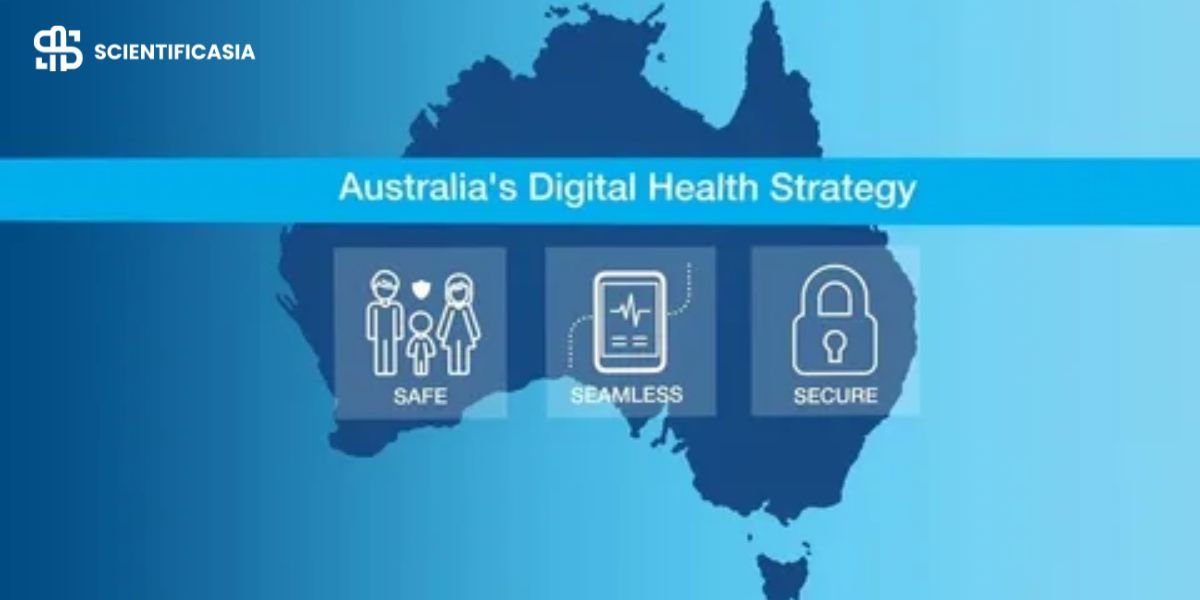Australia’s National Digital Health Strategy 2023-2028 was designed to provide a healthy future for every citizen through a digitally enabled healthcare system.
The scheme has proved to be a stroke of genius from the government, as it has helped expedite the development of Australia’s digital health system.
The strategy has been warmly welcomed by healthcare providers and medical professionals nationwide.
Recent data shows the agency has already completed 47 percent of the initiatives it has been tasked with, while the other 53% are in the pipeline.
A strategy built for a Digitally Enabled Healthcare System
The National Digital Health Strategy was developed to achieve four goals – building a digitally enabled, person-centred, inclusive, and data-driven system.
The government wants to create a secure and connected digital health sector that can support an accessible and sustainable system.
The framework includes 80 initiatives spread across 12 areas, which are considered a priority. Each of them is designed to solidify the nation’s digital foundation. The ideas behind the strategy directly influence some of the initiatives that are already in play.
My Health Record is being expanded so more Australians can store and share their health information, while interoperable digital tools are also being developed.
These tools allow doctors, nurses, specialists, and other medical professionals to safely access, update, and share a patient’s medical record even if they work in different hospitals or states.
In its Action and Impact Report between 2023 and 2025, the Australian Digital Health Agency confirmed that it has delivered nearly half of the initiatives it was assigned, while the rest are in progress.
Patients and healthcare providers are already buzzing after seeing tangible evidence of improved experiences across the board.
Australians have enjoyed their experience with the strategy so much so that consumer participation has increased by nearly 48%, accounting for more than 130 million views of My Health Record.
But it doesn’t stop there. Over 788,000 Australians have also downloaded the My Health Record app, with more and more patients keen to get a glimpse of the digital health tools.
My Health Record and How Telehealth Fits into the Landscape
My Health Record has simplified Australian healthcare over the years, but it has become even more highly sought after since the government launched its strategy.
It has paved the way for clinicians to access key reports such as pathology and diagnostics, history of medication, treatment plans, and other important details, which are crucial for coordinated care.
The impact of the strategy has been more profound in communities such as Santa Teresa, where local health professionals use data from My Health Record to deliver equitable care.
The system has helped in so many ways, especially when it comes to communication. Local healthcare providers use My Health Record to better understand their patients.
My Health Record has also helped telehealth providers provide safer, informed virtual care for patients. Telehealth’s incorporation into the Australian healthcare system was fast-tracked by the COVID-19 pandemic.
It provides flexible and timely access to clinicians and brings quality care to the doorstep of every patient at an affordable price. Telehealth has become so popular in Australia that the market has now become saturated.
However, platforms such as Medicompare have made it easy for Australians to compare telehealth services before choosing one that aligns with their demands.
Telehealth aligns with the government’s vision of a health system where digital tools make healthcare easier, faster, and more convenient for patients and medical professionals.
How Australia Compares to the United States
Australia and the United States were among the first nations to take digital health seriously when the pandemic hit, but both countries have very different landscapes.
The US digital health landscape is driven by the private sector, innovation hubs and major health networks. America has a fragmented healthcare system, which means providers do not operate on a level playing field.
Without a unified system, electronic health records (EHRs) vary across providers, making it difficult for interoperability to thrive. That has a ripple effect on data sharing, as most of the time it depends on individual health networks rather than a national infrastructure.
According to recent data, Americans are largely responsible for purchasing or influencing the adoption of digital health solutions at US health plans, employers, and health systems.
Over the past couple of years, health plans (84%) and health systems (79%) increased their investments in digital health solutions, while 68% of employers maintained their spending rates.
The data also reveals that nearly half of purchasers (49%) plan to maintain their current spending rates, while 38% are expected to take things up a notch.
Australia’s centralised approach makes its digital health system easy to navigate. Every state uses the same My Health Record, unlike in the US, where the process is far more complicated.
















